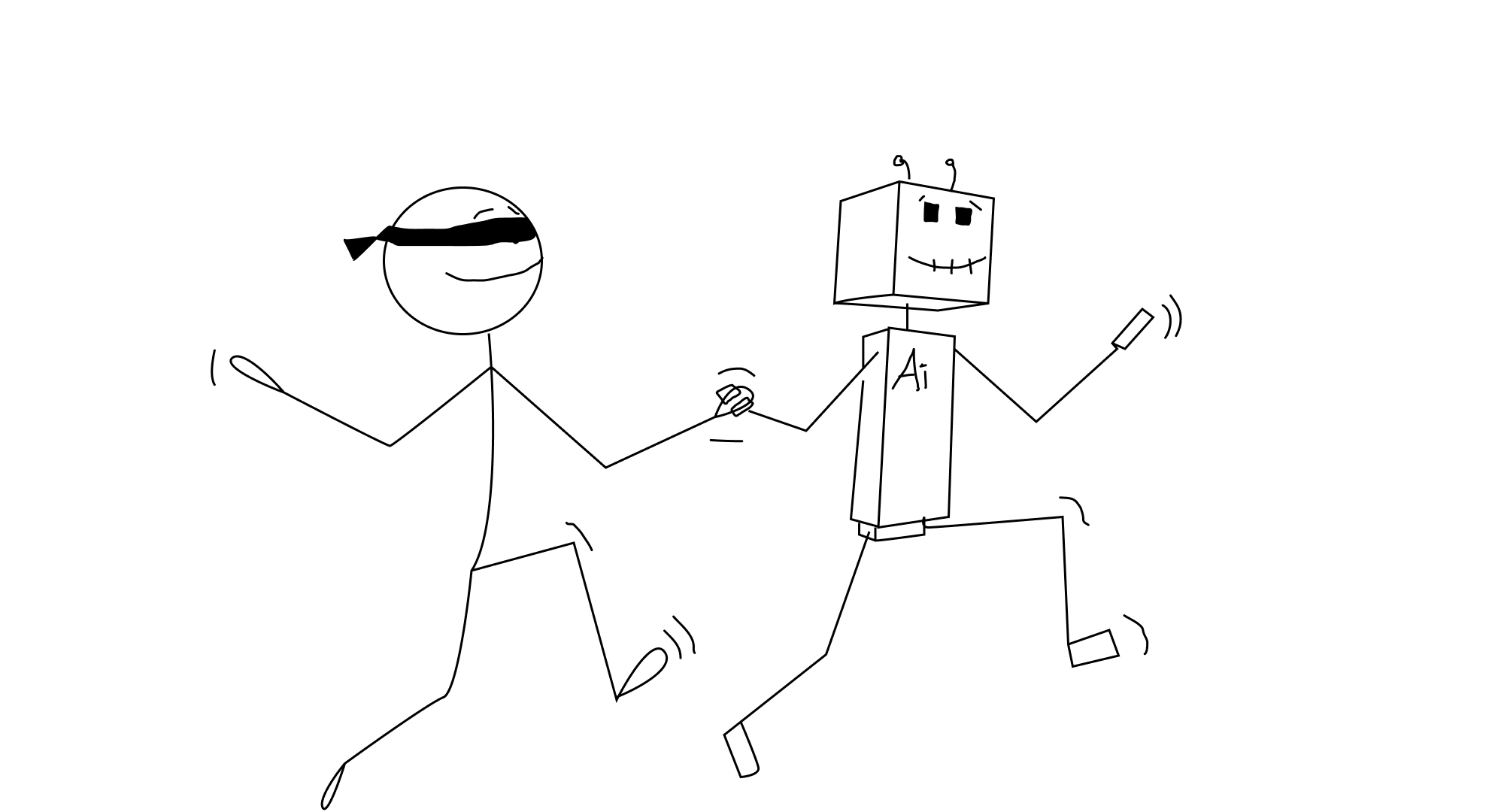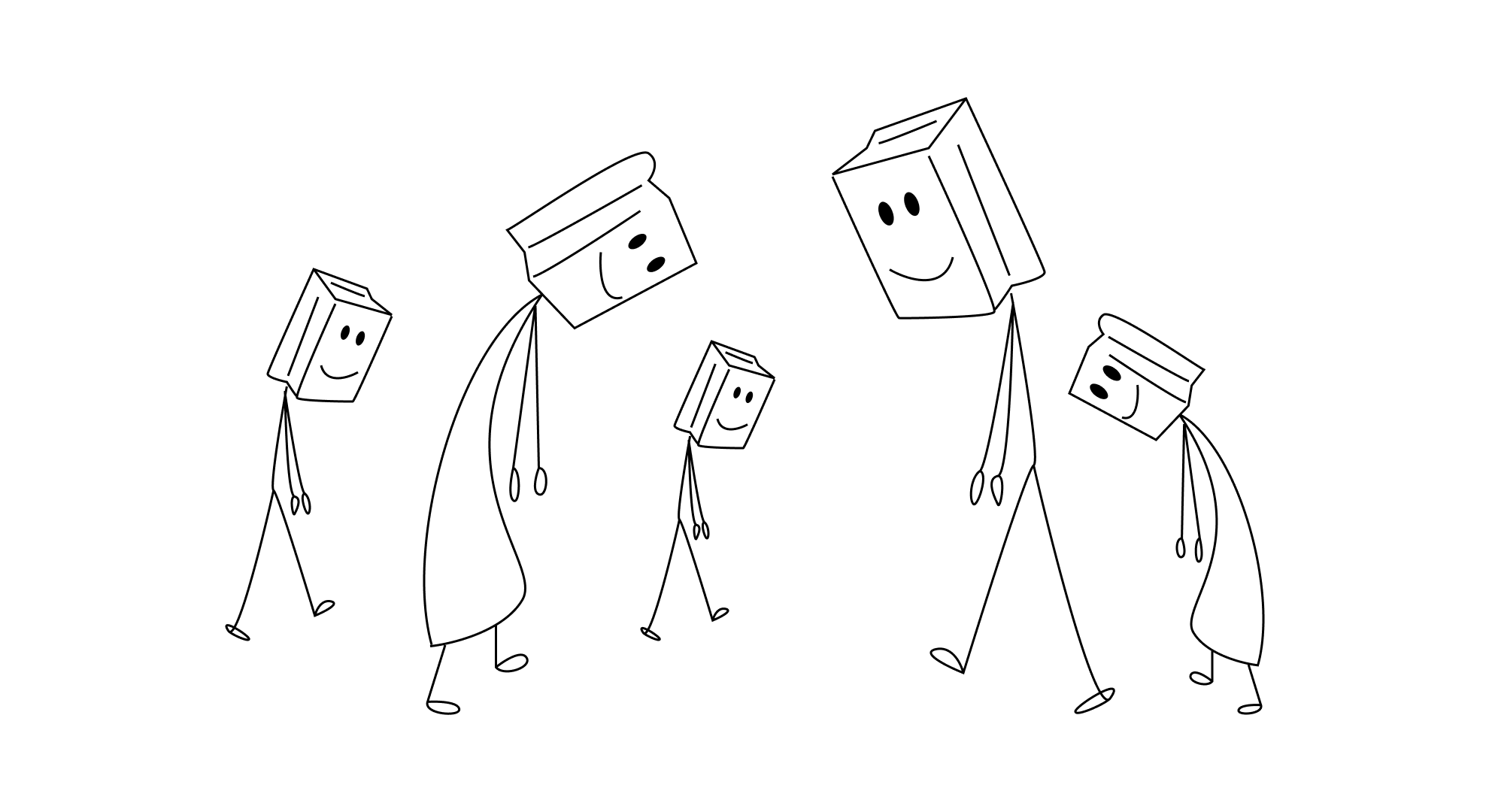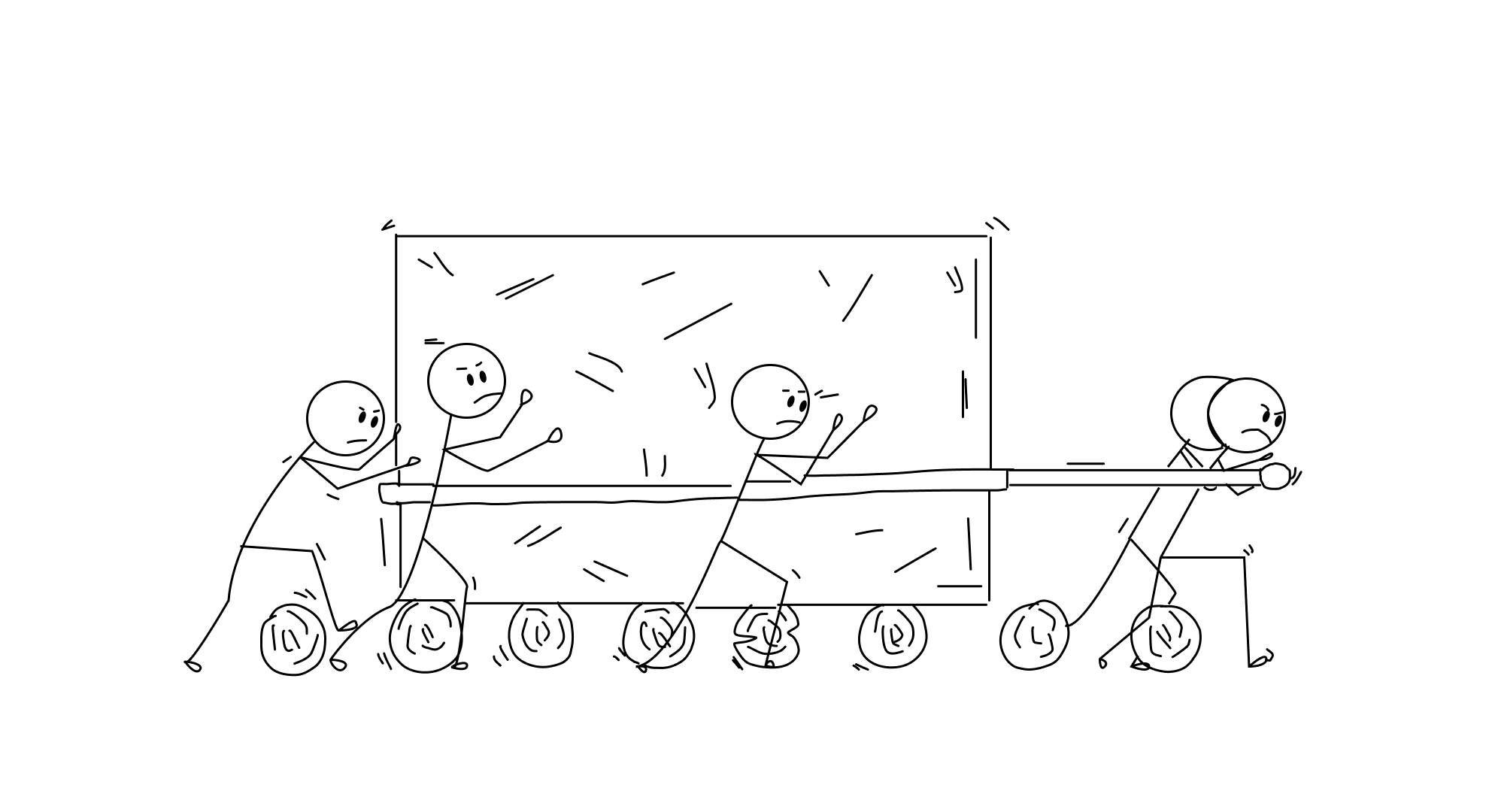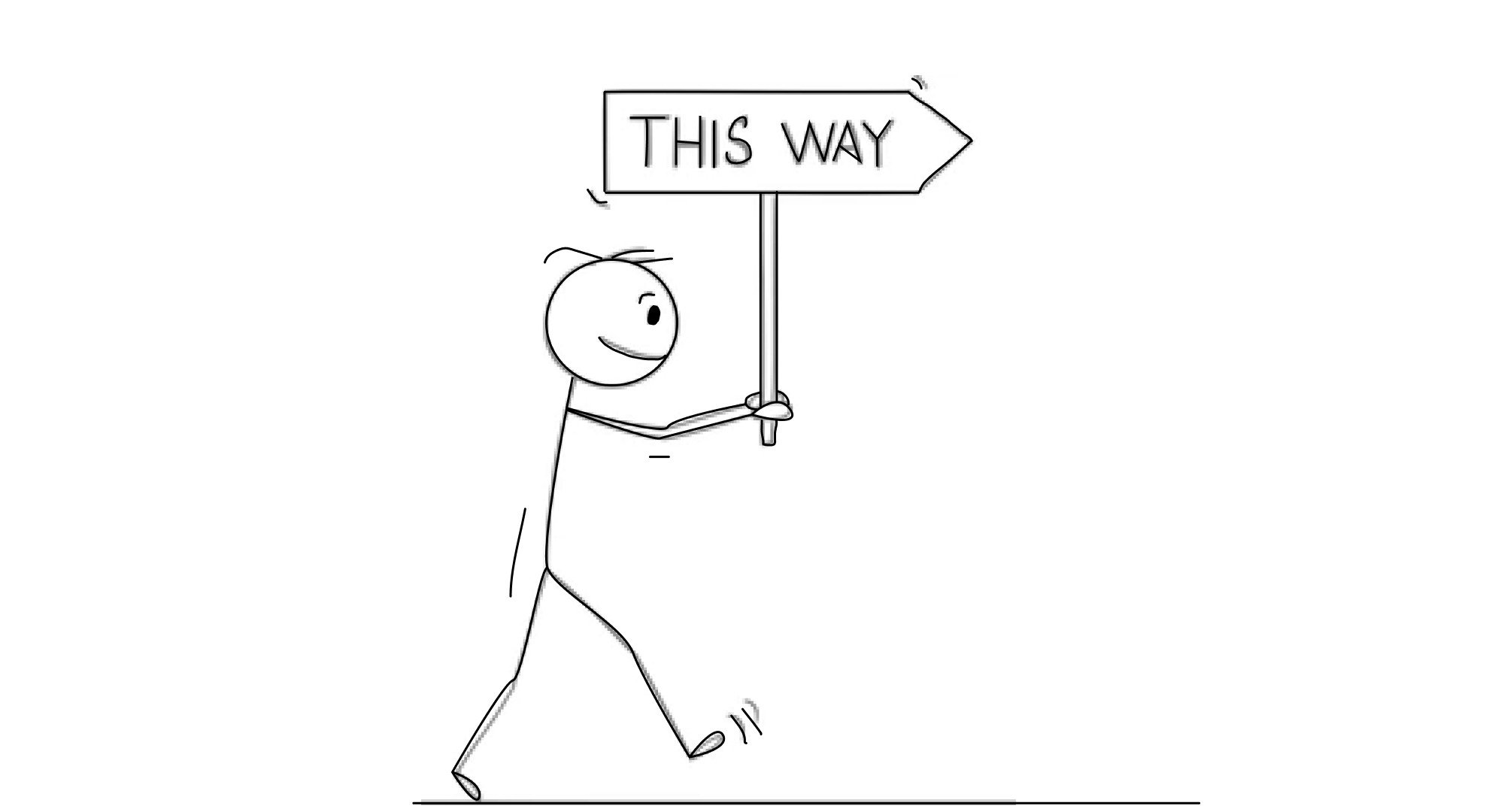The Lost Art Of Design Thinking in the Age of AI
An engineering lead observes how reliance on AI is eroding fundamental design thinking skills. When developers can't explain trade-offs or edge cases in their AI-generated solutions, it's time to restore the balance: use AI as a partner, not an oracle, and reignite deep problem understanding.

"What happens when the user does X?"
Silence.
"What about edge case Y?"
More silence.
"What are the trade-offs in your solution?"
Confident response: "There aren't any major trade-offs."
This is a scene that plays out daily in my code reviews with junior developers. As an engineering lead, I've watched the transformation of software development in the AI era with equal parts amazement and concern.
While our tools have become more powerful, something fundamental seems to be slipping away: the art of design thinking.
The other day, a junior developer proposed a solution for our billing system. The code looked clean, the patterns were modern, and everything seemed to work.
But when I started asking questions about edge cases, system states, and potential failure modes, I was met with blank stares. The solution had come from prompting an AI, but the understanding hadn't come with it.
Remember when we used to memorize phone numbers? Now most of us can't recall even our own. Something similar is happening with software design – we're outsourcing our thinking to AI, and our mental muscles are atrophying.
This reminded me of Rich Hickey's profound insight about design:
"Design is about taking things apart."
It's not about getting to a solution as quickly as possible. It's about understanding the problem space so deeply that the solution becomes almost obvious.
The Sugar-Coated Problem

Here's what I'm observing in the new generation of developers:
- Immediate jumping to solutions without understanding the problem space
- Over-reliance on AI-generated code without questioning its assumptions
- Difficulty in identifying trade-offs and potential failure modes
- Resistance to exploring alternative approaches once a "working" solution is found
What's particularly concerning is that these aren't just coding issues – they're thinking issues.
As Rich Hickey emphasizes, good design requires "writing things down, putting text in front of our faces and in front of the faces of our teammates so we can see what we're thinking about."
The Socratic Method in the Age of AI

Here's what I've started doing with my team:
- Force the Question Phase Before allowing any coding or AI prompting, developers must write down:
- What is the actual problem we're solving?
- What are the user's intentions?
- What could go wrong?
- What are we not going to solve?
- Create Decision Matrices For any significant design decision, we create a spreadsheet with:
- Multiple possible approaches (not just the first AI suggestion)
- Criteria for judging each approach
- Trade-offs and limitations
- Subjective assessments using color coding
- Sleep On It A rule I've instituted: Never build something on the same day you think of it. The number of "oh wait, that won't work because..." moments that come after a good night's sleep is staggering.
The Path Forward

Here's the reality check: 82% of developers now use AI coding assistants daily. We can't (and shouldn't) turn back the clock. But we can be smarter about how we use these tools.
When developers tell me "the AI suggested this approach," I now ask:
- What other approaches did you explore?
- Why did you reject them?
- What assumptions is this solution making?
- How would you explain this design to someone who's never seen the code?
The most rewarding moments in my career weren't when I got code working quickly – they were when I deeply understood a problem and crafted an elegant solution. That's what I want for the next generation of developers.
A Call to Action

The tools at our disposal today are incredible. But they should augment our thinking, not replace it.
Here's what I propose:
- Use AI as a brainstorming partner, not a solution oracle
- Write down your thinking process (yes, with actual words)
- Create decision matrices for important choices
- Question assumptions, especially your own
- Sleep on important decisions
The developers who master this balance – leveraging AI while maintaining deep design thinking – will be the ones building the next generation of transformative software.
"Simple isn't easy." But in an age where AI makes everything seem easy, we need to fight for that simplicity more than ever.
The next time you're tempted to just ask AI for a solution, pause. Take out a piece of paper. Start writing. Your future self will thank you.
P.S. If you're wondering why this matters, just wait until you have to debug that "perfect" AI-generated solution at 3 AM when production is down. Understanding why code works is just as important as making it work.
